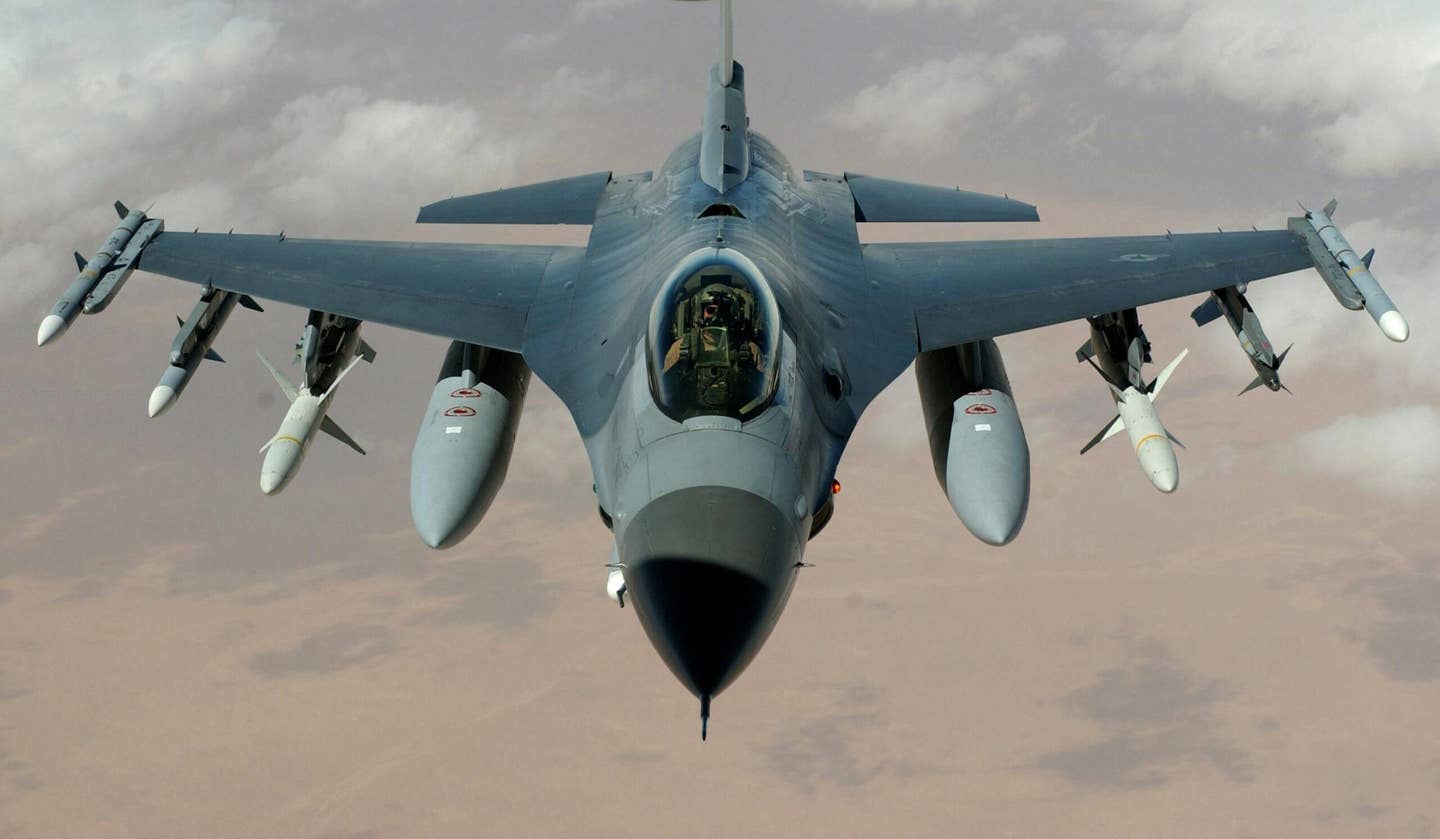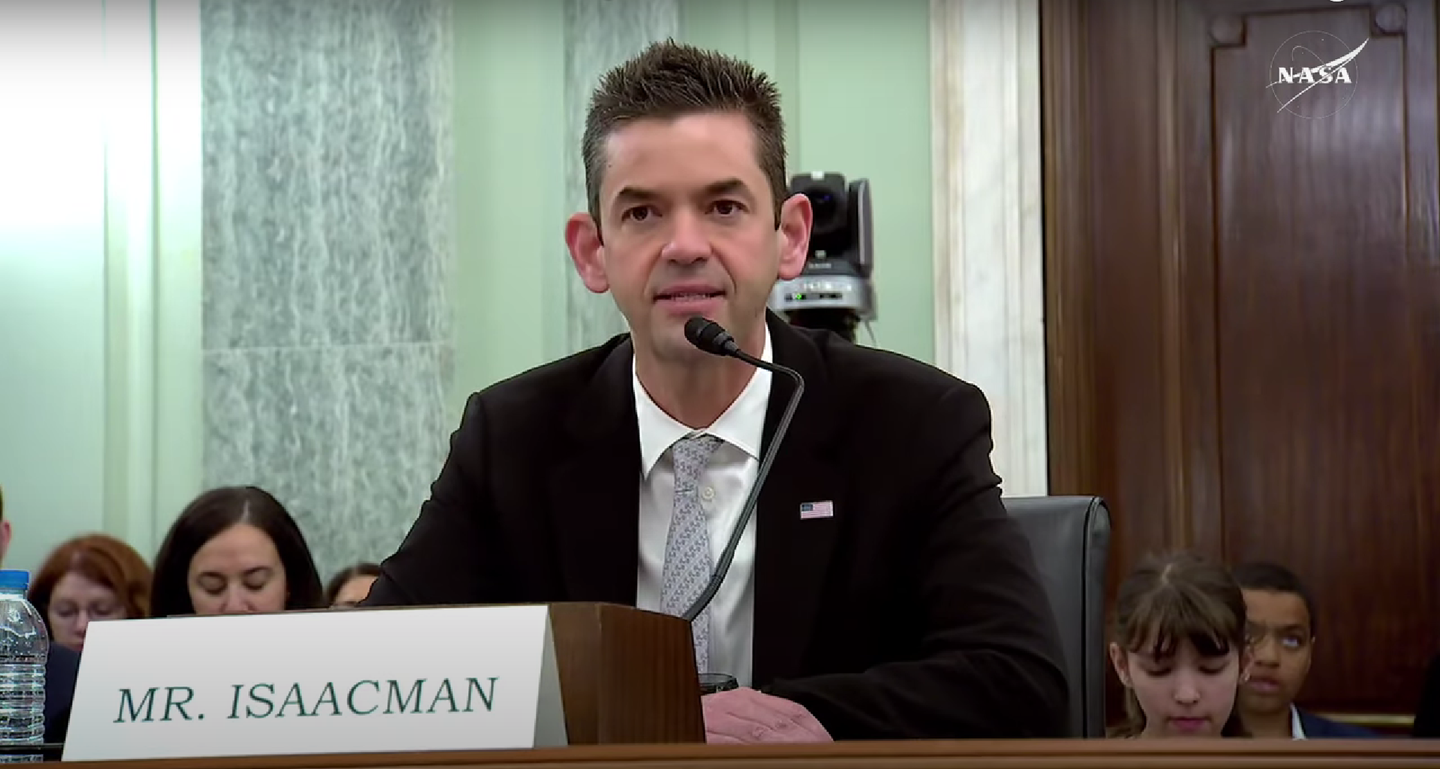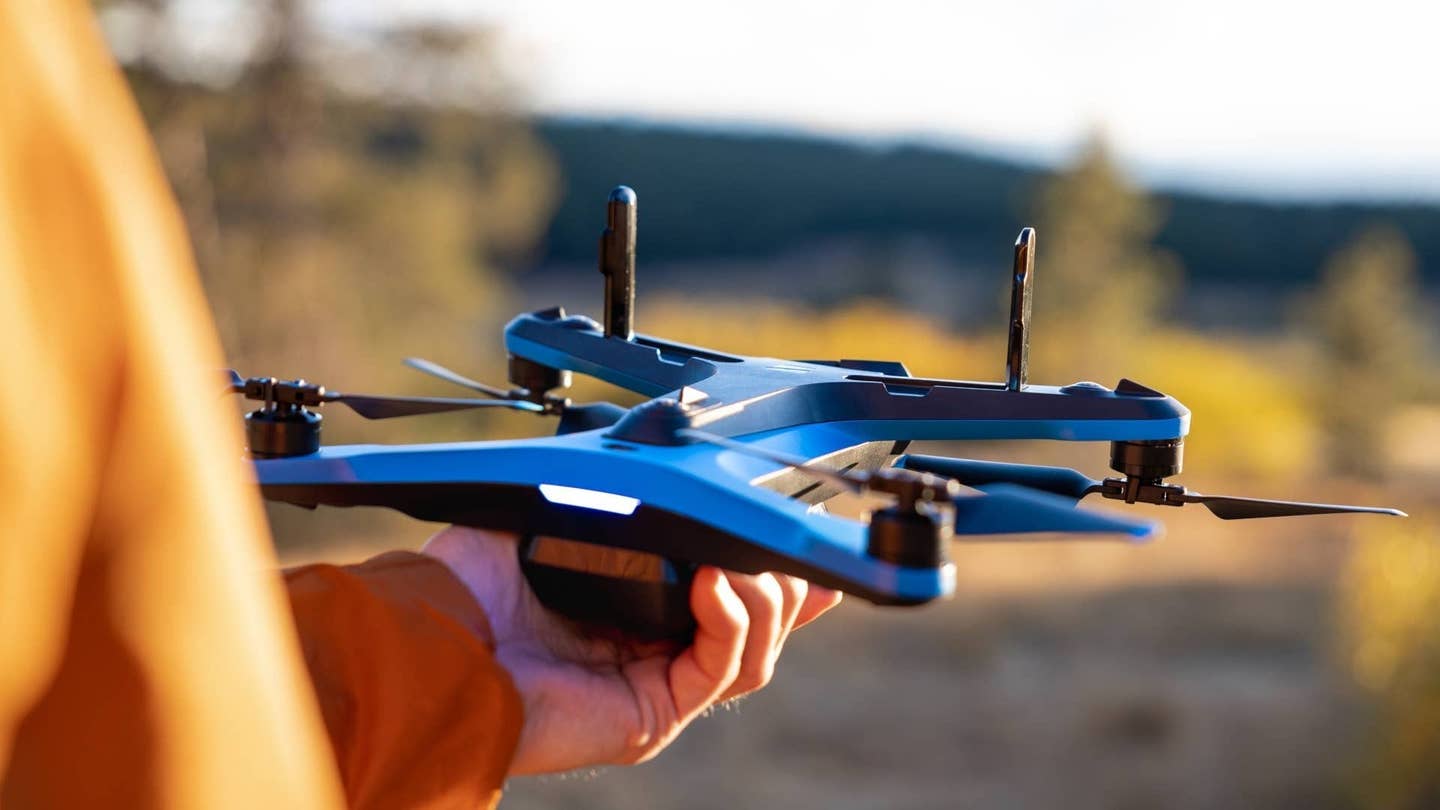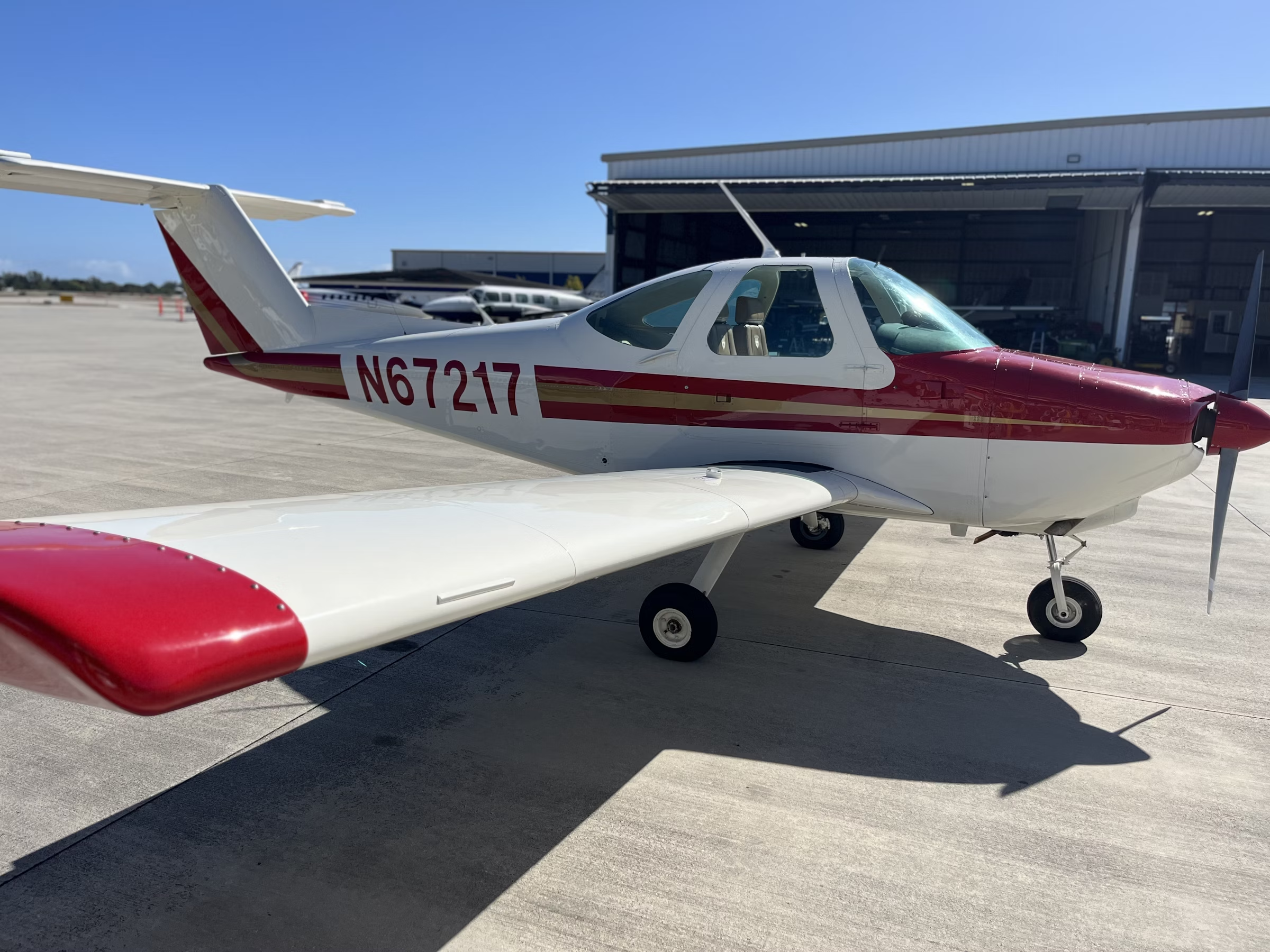Airbus Developing Tech to Control Fighter Jets With Wave of Hand
The system will use pilot gestures to manipulate flight controls.

Airbus and AI software firm Multiverse Computing are partnering to develop a gesture flight control system for fighter jet cockpits. [Courtesy: Pexels/Pixabay]
Airbus Defense and Space, working with Spanish quantum computing and artificial intelligence software firm Multiverse Computing, is developing a system to control fighter jets with the wave of a pilot’s hand.
The system, which will use physical gestures from pilots to manipulate controls in the cockpit, will be required to function in less-than-ideal circumstances, such as when the pilot is wearing gloves or turbulence causes the aircraft to vibrate.
“These new non-contact, gesture-based control interactions will enhance pilot situational awareness, mission effectiveness, and overall aircraft performance,” said Enrique Lizaso Olmos, cofounder and CEO of Multiverse Computing.
Multiverse Computing develops AI systems for finance, energy, manufacturing, logistics, space, healthcare, and defense. The company’s project, “Quantum Gesture Recognition for Aerospace Control,” beat out competitors to win a contract from the Enhanced Pilot Interfaces & Interactions for fighter Cockpit (EPIIC) program.
Unveiled last year, EPIIC is a coalition of more than 20 organizations from 12 European countries backed by more than $80 million from the European Commission through its European Defense Fund. Led by Thales, the initiative includes other aviation giants like Leonardo and Dassault Aviation, as well as university researchers.
The goal of EPIIC is to bolster European militaries with fighter cockpit technology that melds humans with machines, such as virtual assistants, helmet-mounted and large area displays, “eyes-out” systems. It also covers gesture-based hardware and software, the portion of the initiative Airbus is leading.
The aviation titan’s collaboration with Multiverse Computing began this month and will last about one year. The AI specialist will lean on quantum computing to develop algorithms that can recognize pilot gestures. The objective is to eliminate the need for buttons, switches, and other conventional controls.
According to Multiverse Computing, the system could even incorporate virtual or augmented reality technology. Imagine, for example, a headset that projects digital buttons for the pilot to “press” by pointing a finger.
To ensure the AI-based system doesn’t get its gestures mixed up, the partners will put it through simulated testing at Airbus Defense and Space facilities.
Like this story? We think you'll also like the Future of FLYING newsletter sent every Thursday afternoon. Sign up now.

Sign-up for newsletters & special offers!
Get the latest FLYING stories & special offers delivered directly to your inbox






